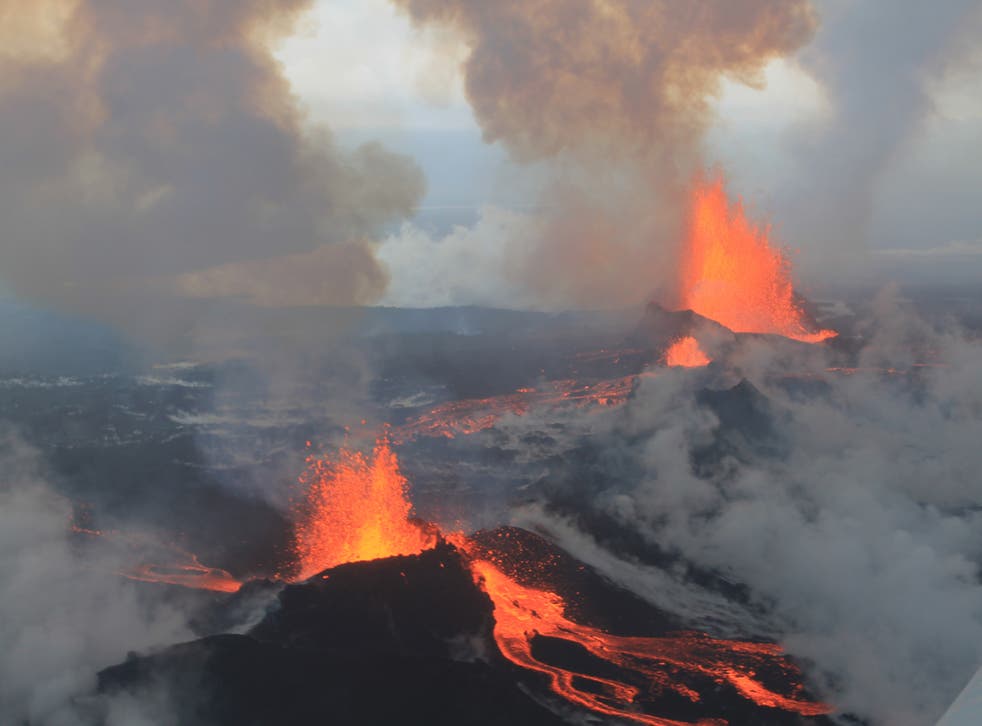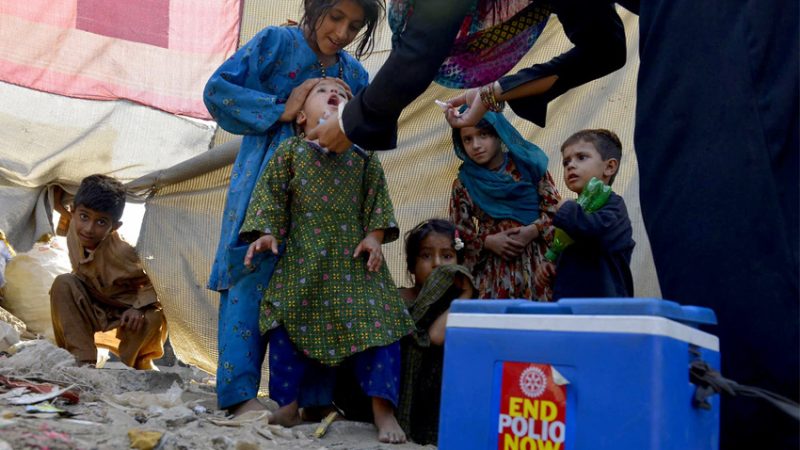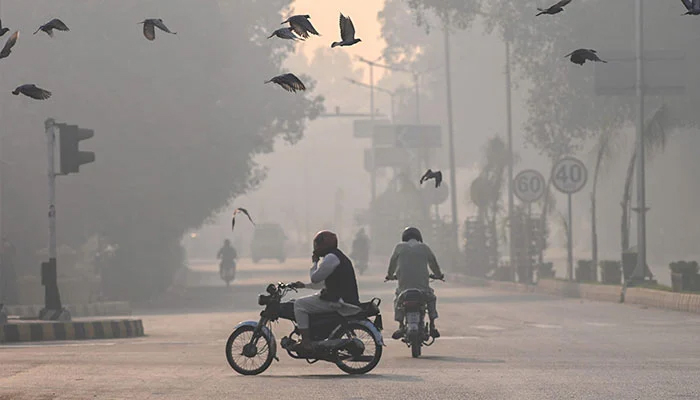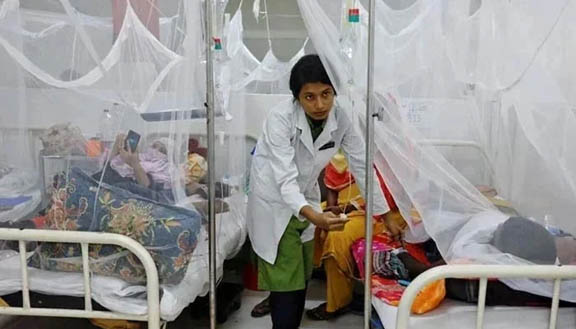Jump in Respiratory Disease Following Volcanic Eruptions

When volcanoes erupt, they can launch hundreds of millions of tonnes of dust, ash and chemicals into the sky. Over several months, the particulate matter this leaves in the air can have a significant impact on the health of humans, new research has found.
Scientists examined the health impacts of the huge Holuhraun lava field which erupted in the Icelandic Highlands between 2014-15, and found respiratory disease “increased markedly” following the event, which was the largest in Iceland since 1783.

The long lava field was caused by a long fissure eruption, and produced a lava field of more than 85 square kilometres (33 square miles).
The research, led by the University of Leeds and the University of Iceland, found that people’s exposure to emissions changed from gas to fine particles, with respiratory disease across Iceland rising by almost a quarter and the demand for asthma medications rising by a fifth.
The scientists said their work highlights the need for decision-making authorities to prepare for health issues associated with returning emissions – known as mature plumes – in the days immediately following volcanic eruptions.
The report’s co-lead author Dr Evgenia Ilyinskaya, a professor of volcanoes, air and environmental pollution at the University of Leeds, said: “Volcanoes are a significant source of air pollution, but of course it’s a source that cannot be controlled.
“Large volcanic eruptions can cause harmful air pollution both immediately, and also when the plume returns to the same area, which may happen without it triggering air pollution alerts.
“Our research shows that during prolonged eruptions such as Holuhraun, both young and mature plumes can be circulating at the same time, increasing the harmful health effects on those living in volcanic regions.”
She added: “This pollution return is not currently factored into responses to the threat to public health caused by volcanoes.”
The Holuhraun eruption released around 11 million tonnes of sulphur dioxide which spread across Iceland and the Atlantic Ocean towards Europe.
During the six-month eruption residents of Iceland’s capital, Reykjavík, were repeatedly exposed to both the young and mature plumes, despite living 150 miles from the eruption site.
In their previous research, published in 2017, the scientists examined the chemical make-up of the volcanic plume, looking at how it changed, and also how these particles and gases moved.
They found the plume was swept by air currents towards the UK and mainland Europe before circling back to Icelandic cities and towns.
They said during this process, the plume composition “matured” as it lingered in the atmosphere – meaning the volcanic sulphur dioxide had converted to particles.
These fine particles found in mature plumes are so small they can penetrate deep into the lungs, potentially causing serious health problems such as exacerbating asthma attacks.
In the returning plume, because the sulphur dioxide levels were reduced as the gas converted to particles, concentrations were therefore within European Commission air standards.
As a result, no health advisory messages were in place in Iceland for the returning plume.
It is estimated that short and long-term exposure to fine particulate matter, from both human-made and natural sources, causes over three million premature deaths globally per year and air pollution is the single largest environmental health risk in Europe.
The scientists said their research reveals not only the direct health risks of pollutants lingering in the atmosphere, but also the need for improving monitoring emissions from volcanic activity.
Co-lead author Dr Hanne Krage Carlsen, from the University of Iceland and University of Gothenburg, said: “Iceland has some of the most complete health care records in the world. This was the first time a population of a considerable size and density could be assessed following major volcanic activity.
“This study provides the most robust evidence to date that exposure to a chemically-mature volcanic plume leads to increased use of a country’s health care system.
“It also emphasises that emissions from volcanoes are a region-wide issue, in this case potentially affecting the whole North Atlantic region.
“As the Holuhraun plume returned to Iceland, there was increased use of GPs and hospital emergency care units with regards to respiratory diseases. At the same time, there was a lack of public health advice.
“We recommend that future government responses to volcanic air pollution globally considers both the implications to health caused by the initial eruptions, but also those of the returning plumes with additional threats to health.”
The scientists said their work was particularly pertinent as last month lava burst through a crack in Iceland’s Mount Fagradalsfjall in the first eruption of its type in more than 800 years.
The research is published in the journal Nature Communications.







